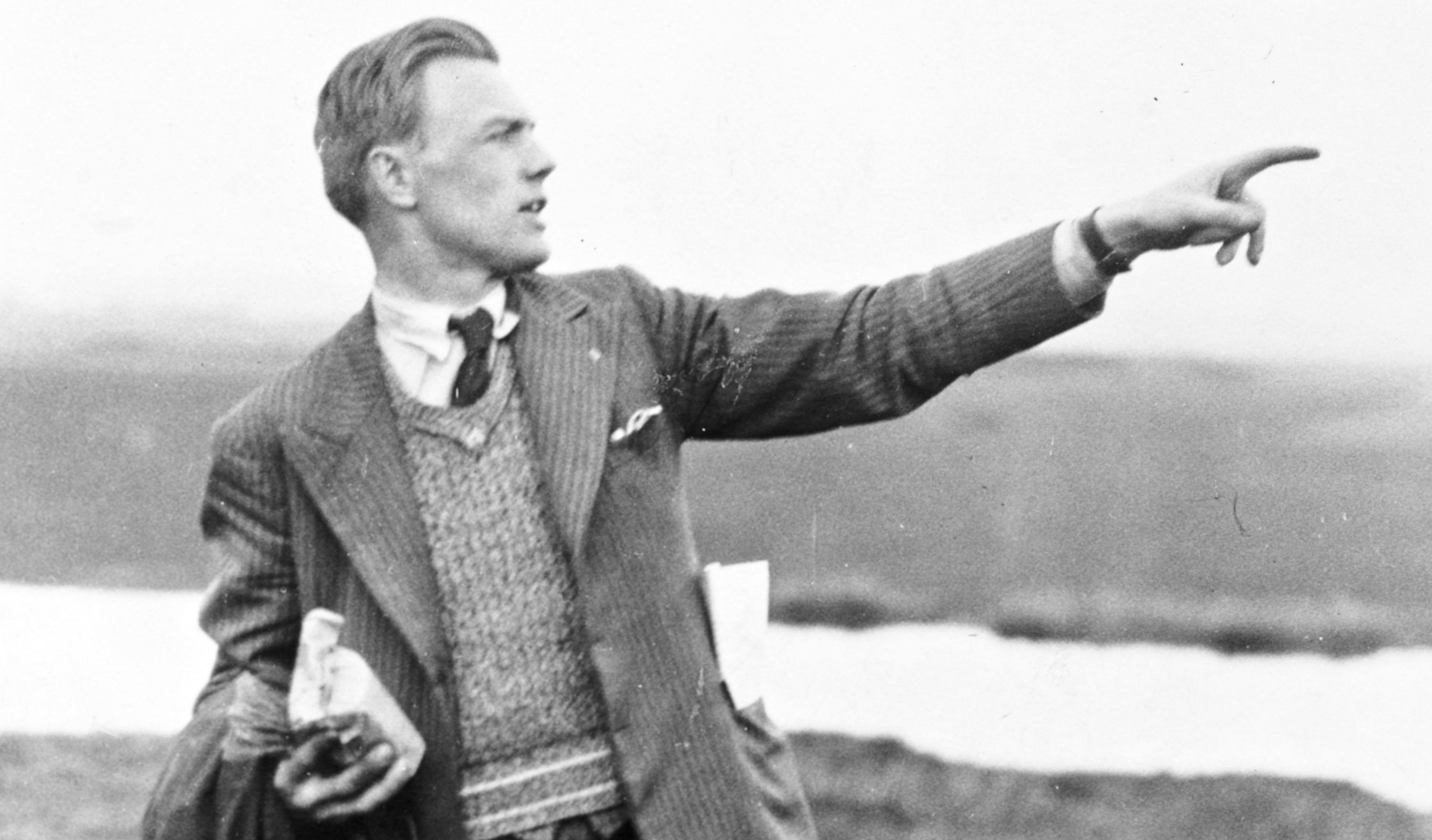
IN a world before emails and text messages, one man had big dreams for faster communication.
German rocket engineer Gerhard Zucker was convinced he could revolutionise the postal service by sending mail by rocket – and, in 1934, he came to the Western Isles to test his theory.
Zucker reached for the stars but instead his attempts went up – and quickly fell down – in smoke.
In July 1934, he tried to send a rocket full of letters from Harris to Scarp and vice-versa but failed miserably, with many of the letters retrieved from the burned-out missile covered in scorch marks.
Naturally, it prompted huge interest from locals and the tale is still passed on today.
His story inspired a 2006 movie, but now a new family play from the National Theatre Of Scotland – Rocket Post – is going on a national tour this month.
“My partner is from Harris, so we visit there often and it remains a story a lot of people talk about to this day,” explained the play’s writer and director Lewis Hetherington.
“They talk about this eccentric man who came to their island and it’s a quirky side note in history for local people, but Gerhard staked his life’s ambition on this working.
“I thought it presented a great way to talk about how and why we communicate and began researching those four days he spent on the Western Isles.”
Zucker and his rocket post plan first came to the public’s attention in his homeland in 1931 and failed tests followed.
He emigrated to the UK three years later and attempted to interest the British Government in his idea.
“One of the things that came out of my research was the inconsistent accounts about him.
“Some people wrote him off and said he was nothing but a showman, others thought he had some nefarious ideas while some were willing to give him a chance.
“The reason he chose Harris is because he heard about a pregnant woman who was about to give birth to twins and couldn’t get off the island or receive medical care due to the rough sea.
“It wasn’t just letters that could be sent by rocket – he said items like medical supplies could also be transported.
“There was some tension when he arrived on the island – a German arriving in the time between the wars – but the younger residents were excited by it.”
After further failed attempts elsewhere in the UK, he was sent back to Germany and his grand plans never did come to fruition, but Lewis believes he was on to something.
“His idea about requiring quicker communication was correct, but instead of rocket mail we have email,” he added.
“We’re looking forward to taking the production to the Western Isles and around the country.”
The tour begins in Easterhouse on September 19 and goes to Stornoway, Ullapool, Thurso, Forres, Tarland, Portsoy, Aberdeen, Mount Vernon, St Andrews, Giffnock, Stirling, Alloa, Falkirk and Paisley, ending on October 21.

Enjoy the convenience of having The Sunday Post delivered as a digital ePaper straight to your smartphone, tablet or computer.
Subscribe for only £5.49 a month and enjoy all the benefits of the printed paper as a digital replica.
Subscribe